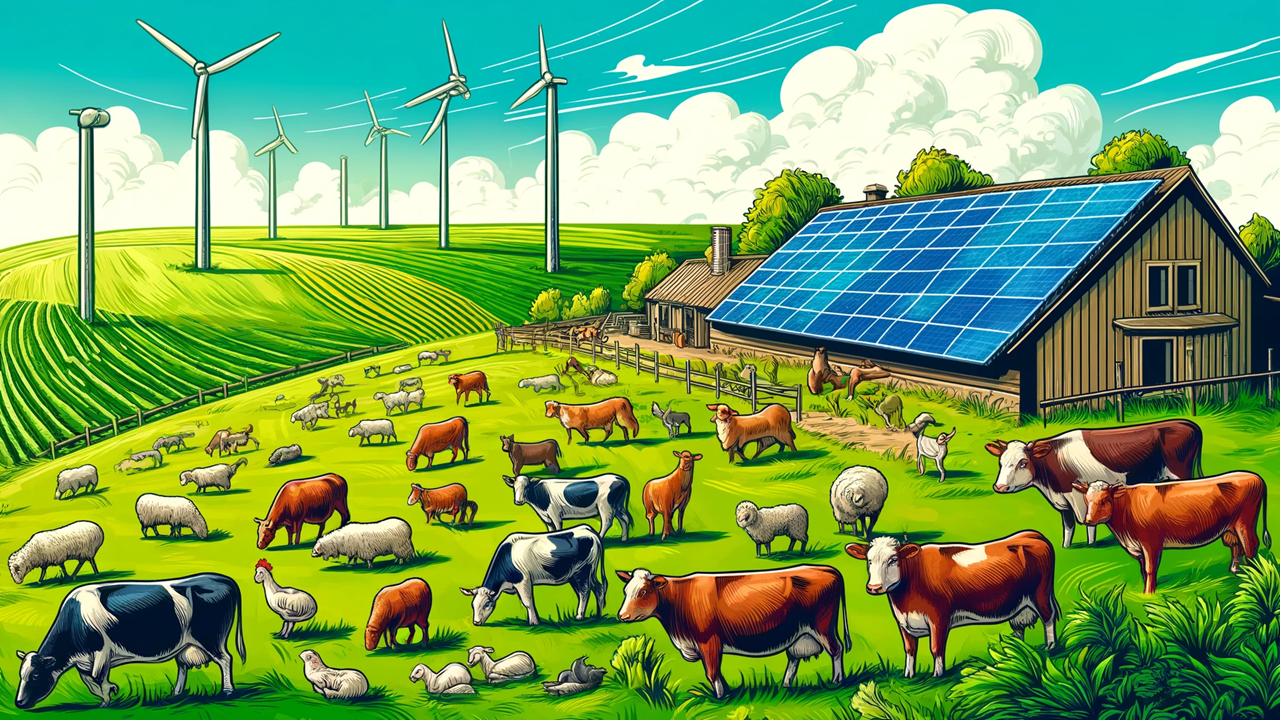Burundi Enhances Livestock Health and Dairy Production with IAEA Support
Animal diseases such as foot and mouth disease, East Coast fever, and bovine tuberculosis pose serious risks to Burundi’s livestock population.

Burundi is making significant strides in improving livestock health and milk production with the support of the International Atomic Energy Agency (IAEA). Thanks to advanced nuclear techniques and equipment upgrades, Burundi's National Veterinary Laboratory and National Center for Artificial Insemination (NCAIGI) have dramatically increased their capacity to diagnose diseases and support breeding programs, helping farmers prevent disease outbreaks and breed cattle that produce more milk.
Animal diseases such as foot and mouth disease, East Coast fever, and bovine tuberculosis pose serious risks to Burundi’s livestock population. The IAEA, in partnership with the FAO/IAEA Centre of Nuclear Techniques in Food and Agriculture, has equipped Burundi’s laboratories to use PCR testing for early detection of diseases. As a result, the National Veterinary Laboratory now processes 10,000 pathogen samples annually—over three times its previous capacity. This improvement allows for quicker identification and containment of disease outbreaks, as demonstrated during a Rift Valley fever outbreak in 2021, when over 700,000 cattle were vaccinated to curb its spread.
Laboratory technician Mbazumutima Magnifique remarked on the transformation: “Before I was trained, I could not provide reliable results. Now, with the new knowledge, it is much easier to perform advanced testing. Farmers bring samples to check for diseases like brucellosis, adding value to their animals when results are negative.”
In addition to disease prevention, artificial insemination has become a vital tool in increasing dairy production. The IAEA’s training programs have enabled Burundian farmers to breed from bulls with superior genetics, raising the average daily milk production of cows from 1.4 liters to up to 6.5 liters, according to a University of Burundi study. In 2022, the number of inseminations almost doubled compared to the previous year, leading to the birth of 3,697 calves and significantly boosting the country’s dairy sector.
This surge in expertise has positioned Burundi as a regional leader. The National Veterinary Laboratory is now training staff from neighbouring countries, including the Democratic Republic of Congo, and hosts over 40 students annually.
These initiatives, supported by the IAEA, will be showcased at the 2024 Ministerial Conference on Nuclear Science, Technology, and Applications, reflecting Burundi’s ongoing contribution to improving food security and agricultural development in Africa.










